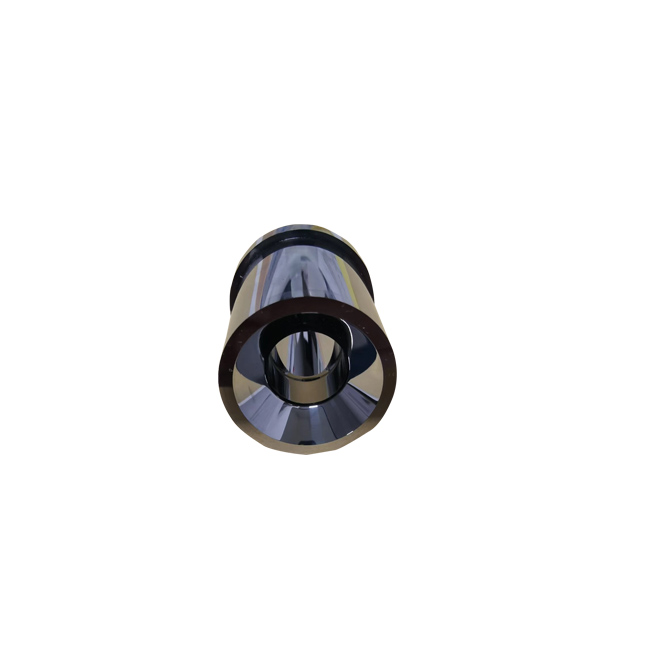 Tungsten carbide dies, defined as a ring sleeve for gasketing. In the valve application field, the die is inside the valve cover. Generally, a corrosion-resistant material such as polytetrafluoroethylene or graphite is used for sealing. For mechanical parts, A matching piece that achieves sealing, wear protection and so on. Bushings are used in a wide range of applications. Many components in the industrial field, such as valves and bearings, need bushings.
Tungsten carbide dies, defined as a ring sleeve for gasketing. In the valve application field, the die is inside the valve cover. Generally, a corrosion-resistant material such as polytetrafluoroethylene or graphite is used for sealing. For mechanical parts, A matching piece that achieves sealing, wear protection and so on. Bushings are used in a wide range of applications. Many components in the industrial field, such as valves and bearings, need bushings.
The role of tungsten carbide dies:
Carbide dies are more flexible to use and can do a lot of work. They are a type of component that protects equipment.
The application of carbide dies reduces wear, vibration, and noise, as well as corrosion. The use of carbide dies also facilitates the maintenance of mechanical equipment, simplifies the structure and manufacturing process of the equipment.
Avoid shaft and seat hole grinding, reduce damage to the shaft to protect the shaft, and make the shaft reciprocating and rotating in the bushing.
The role of the bushing in actual work has a lot to do with its application environment and purpose. In the field of valve applications, the bushing is placed inside the valve cover to cover the valve stem to reduce leakage of the valve and achieve sealing. In the field of bearing applications, the use of bushings can reduce the wear between the bearing and the shaft seal, and avoid the increase of the gap between the shaft and the hole.
Carbide dies have a wide range of applications and a wide variety of types. To choose a suitable die (bushing), it is necessary to consider its purpose to use. Different types of bushings are selected for different working conditions. The main considerations in bushing selection are the pressure, speed, pressure velocity product and load characteristics that the bushing is subject to. In addition, whether the bushing is lubricated and lubricated also determines its use effect and life.
Advantages of Tungsten Carbide Dies in Applications
1, High strength, tungsten carbide dies can bear the load for a long time;
2, Tungsten carbide dies have wear-resistant self-lubricating, providing better performance than bronze cast iron carbon steel and phenolic laminate in oil-free (or deoiling) lubrication applications, reducing consumption and saving energy;
3, Noise absorption, shock absorption, MC nylon modulus of tungsten carbide die is much smaller than metal, the attenuation of vibration is large, providing a practical use superior to metal to prevent noise;
4, Simplify maintenance and maintenance of the machine, save labor, excellent mechanical cutting performance and improve labor productivity.
5, Low MC Coefficient, providing its wide application on friction parts;
6, Tungsten carbide die has good resilience, can bend without deformation, and can maintain toughness and resist repeated impact;
7, Compared with metal, MC nylon has low hardness and does not damage the grinding parts;
8, Tungsten carbide die has high chemical stability, alkali resistance, alcohol, ether, hydrocarbon, weak acid, lubricating oil, detergent, water (seawater), and has the characteristics of odorless, non-toxic, odorless and rust-free. It provides excellent conditions for the wide application in the use of mechanical parts such as alkali corrosion resistance, environmental sanitation, food, textile printing, and dyeing. The role of the liner and the carbide die in industrial use is different, and the liner has the function of lifting the grinding medium and protecting the grinding cylinder.





